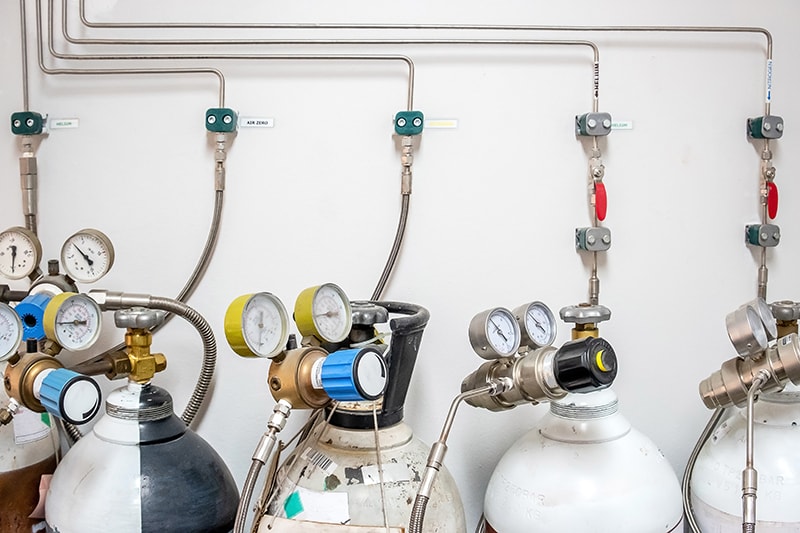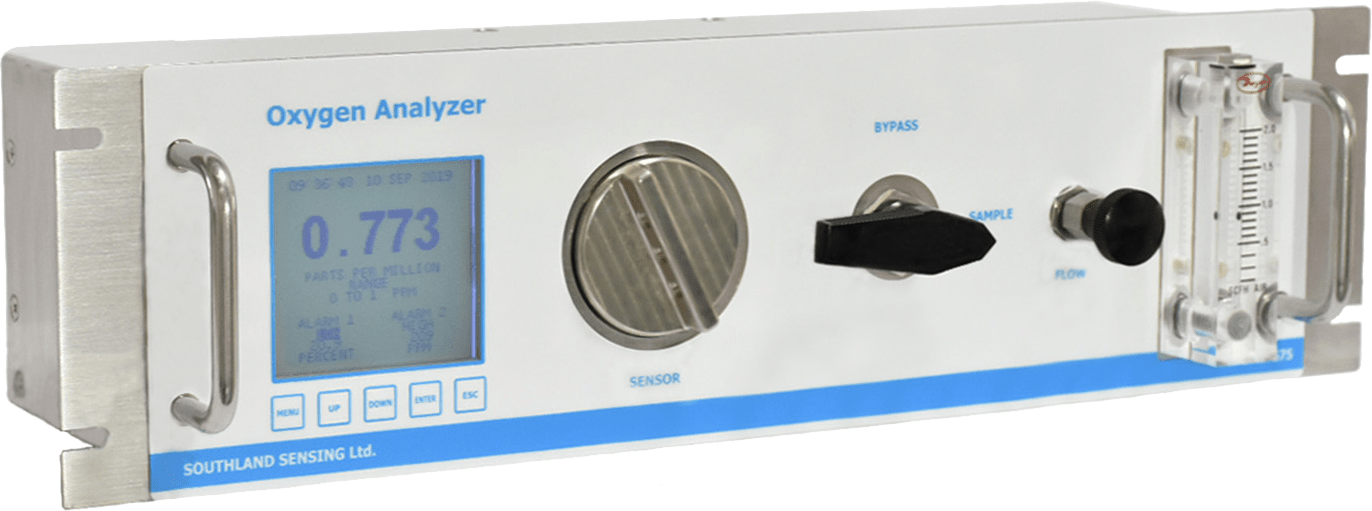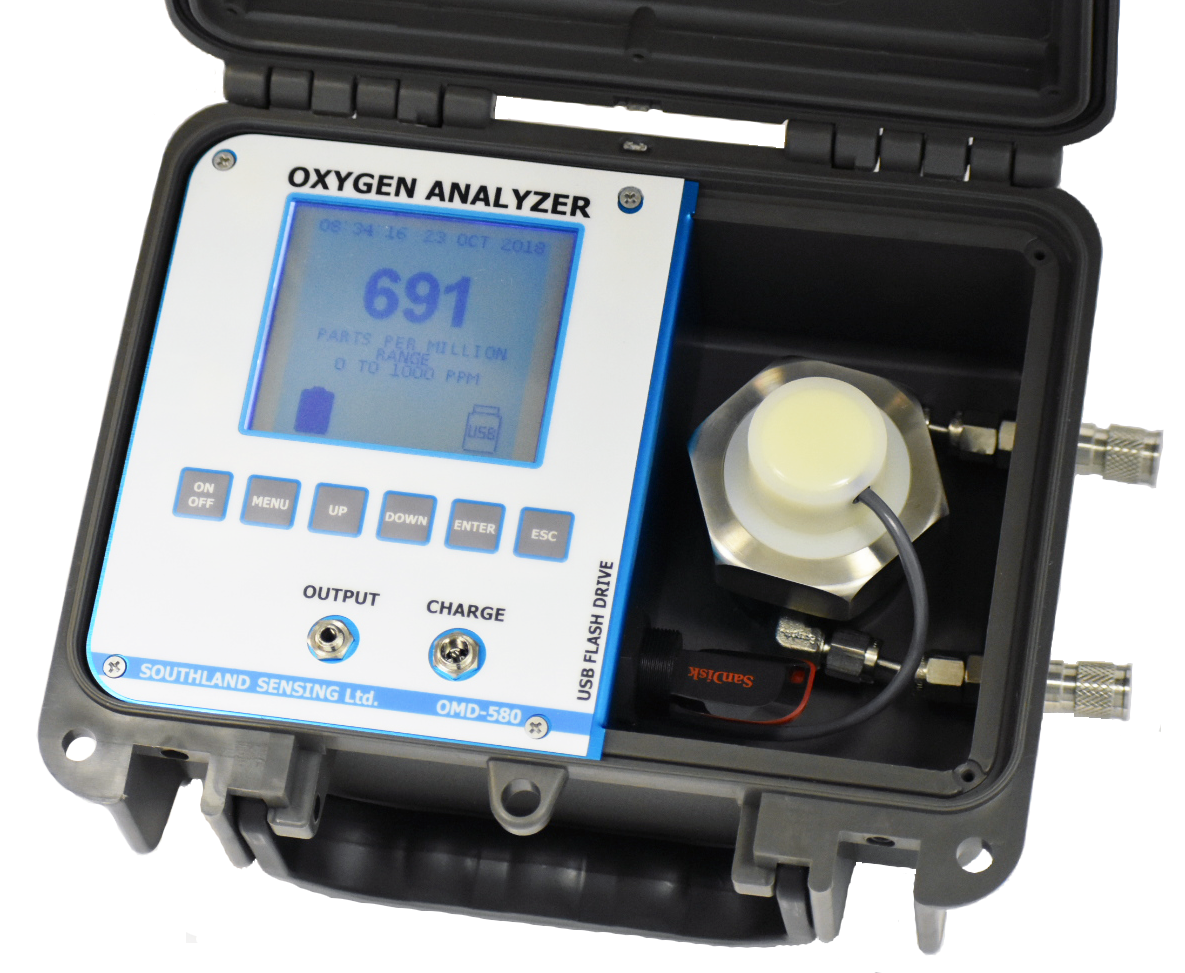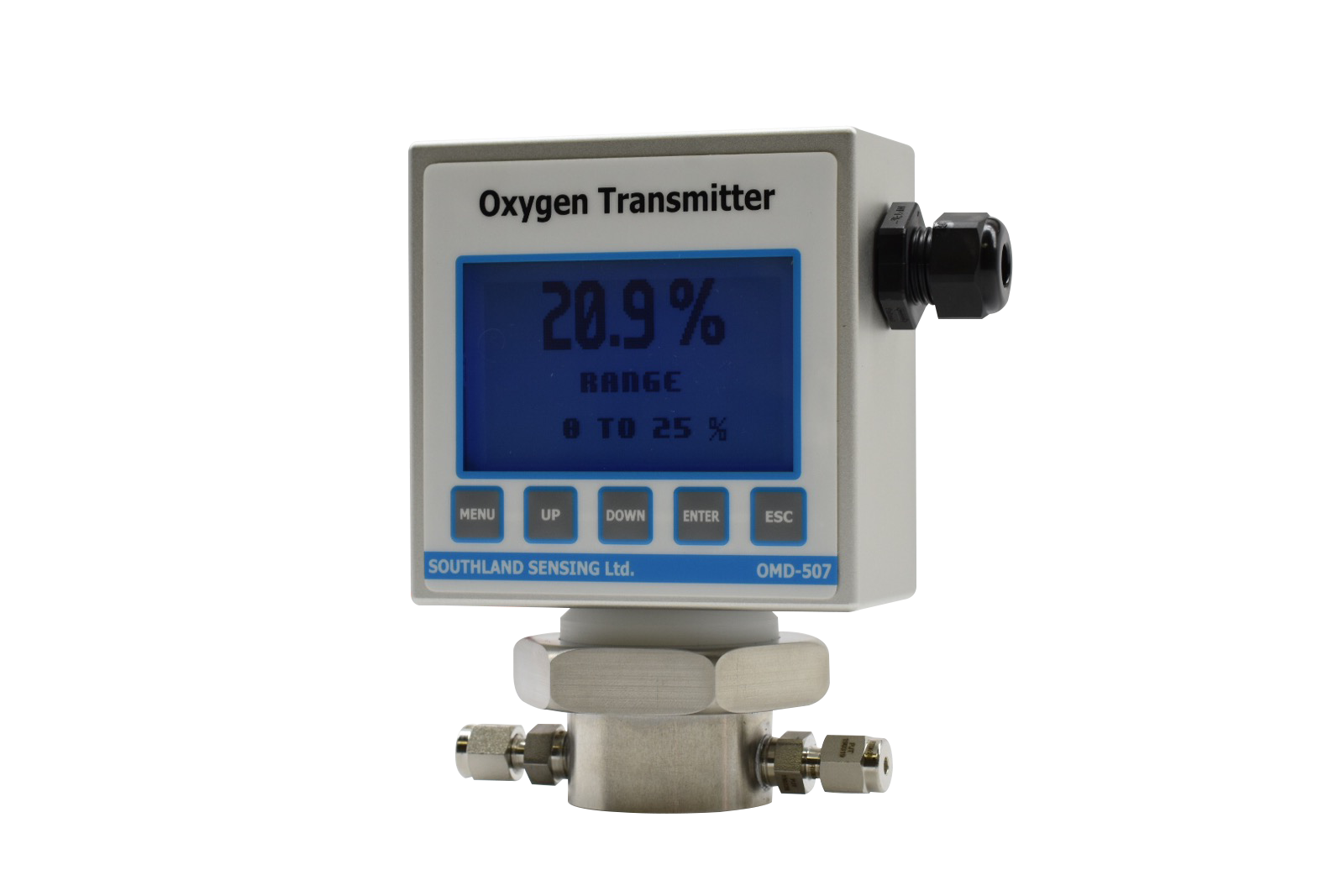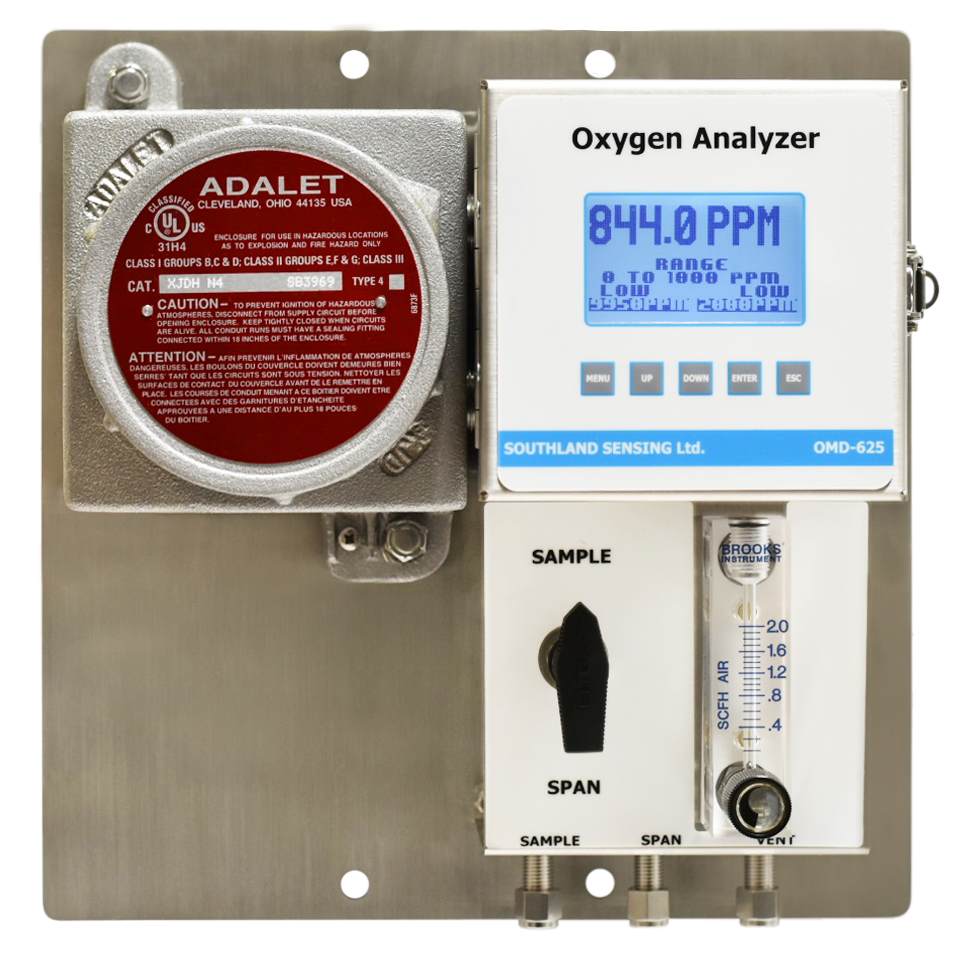Hydrogen can be produced from fossil fuel sources, as well as by splitting water molecules into hydrogen and oxygen in a process called electrolysis. The most common form of hydrogen production is steam reforming, where natural gas is heated to between 700-1100 degrees Celsius in the presence of steam and a catalyst, breaking up the molecules to form carbon monoxide and hydrogen. The mixture can then be passed over metal oxides to undergo further reactions to produce more hydrogen. This process produces a significant amount of carbon dioxide, which can be captured a concentrated for other industrial uses, such as in the food and beverage industry.
Electrolysis utilizes electricity to decompose water into oxygen and hydrogen and can be done in units that range from tabletop size to large industrial facilities. It is done by running electricity to two electrodes which are placed in water. Hydrogen will bubble out of the water at the cathode, and oxygen will be generated at the anode. As pure water has poor electrical conductivity, an electrolyte such as a salt, acid, or base will be added to decrease the amount of electricity required for the reaction. The hydrogen that bubbles out of the solution is then captured.
Being able to measure the oxygen content of the gas produced is important to determine if there are any leaks in your system allowing air ingress, and to ensure your hydrogen is up to the quality you desire. Our analyzers range from the 19” rack mount OMD-675, to the compact OMD-507 or portable OMD-580 to fit all stages of gas generation. Since hydrogen is a flammable gas, hazardous area classification is sometimes required for analytical equipment, so we also offer our OMD-625 which is ATEX and IECEx certification for use in Ex db ib IIB+H2 T4 Gb hazardous areas..
